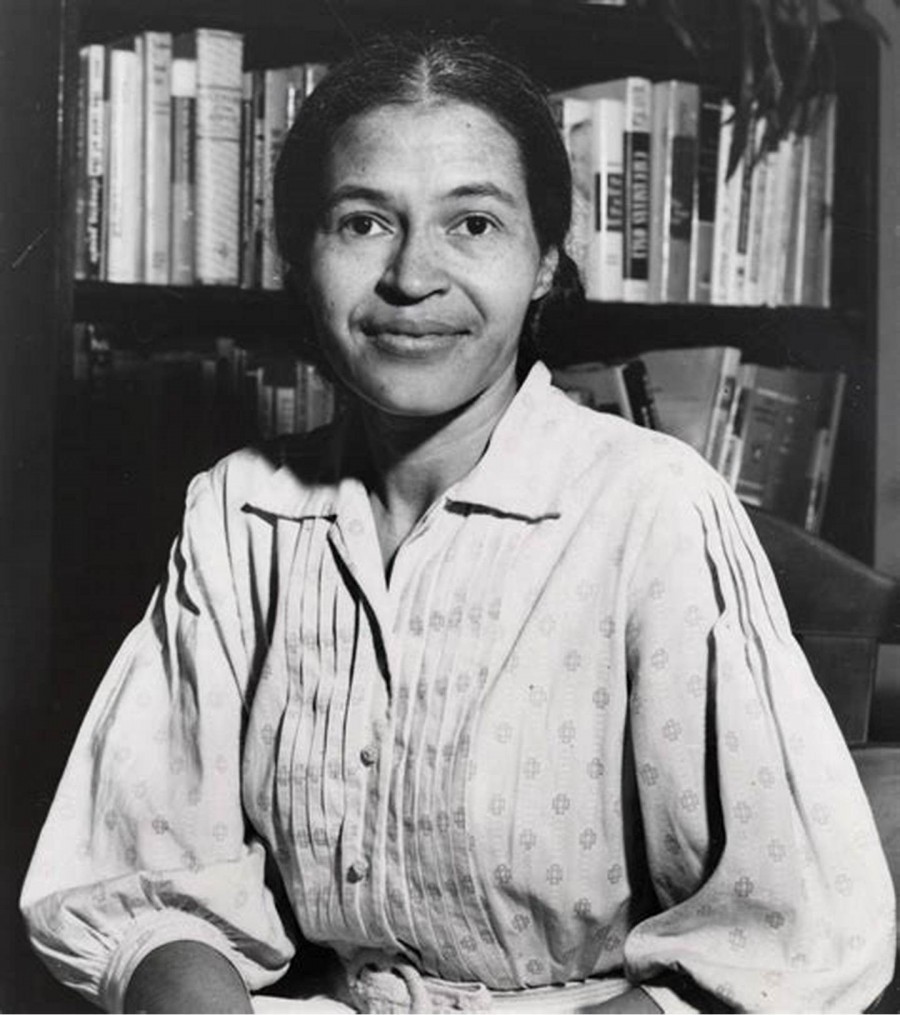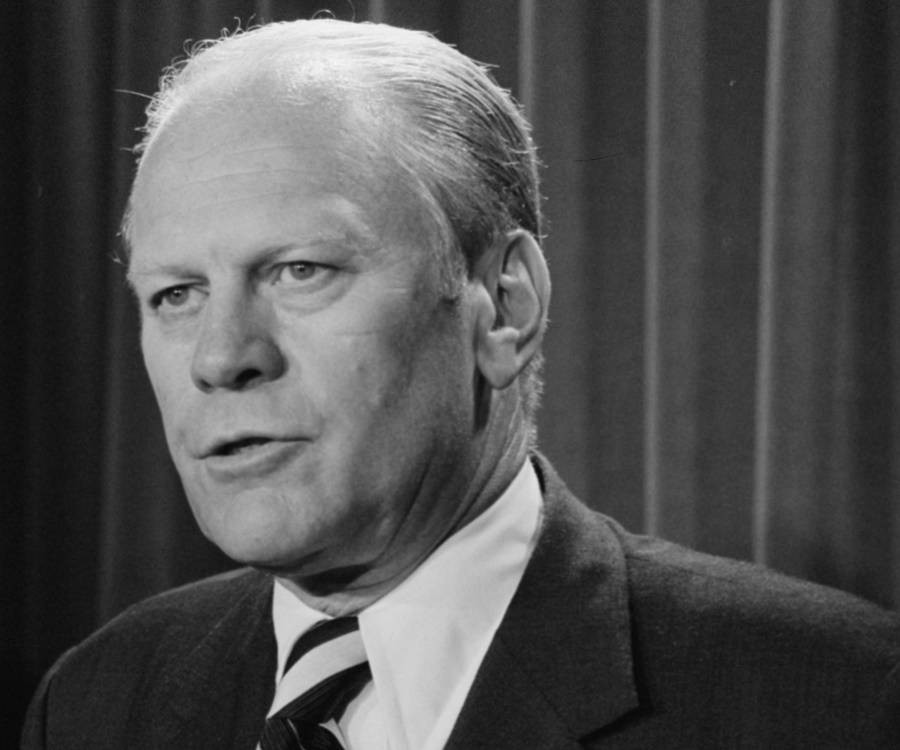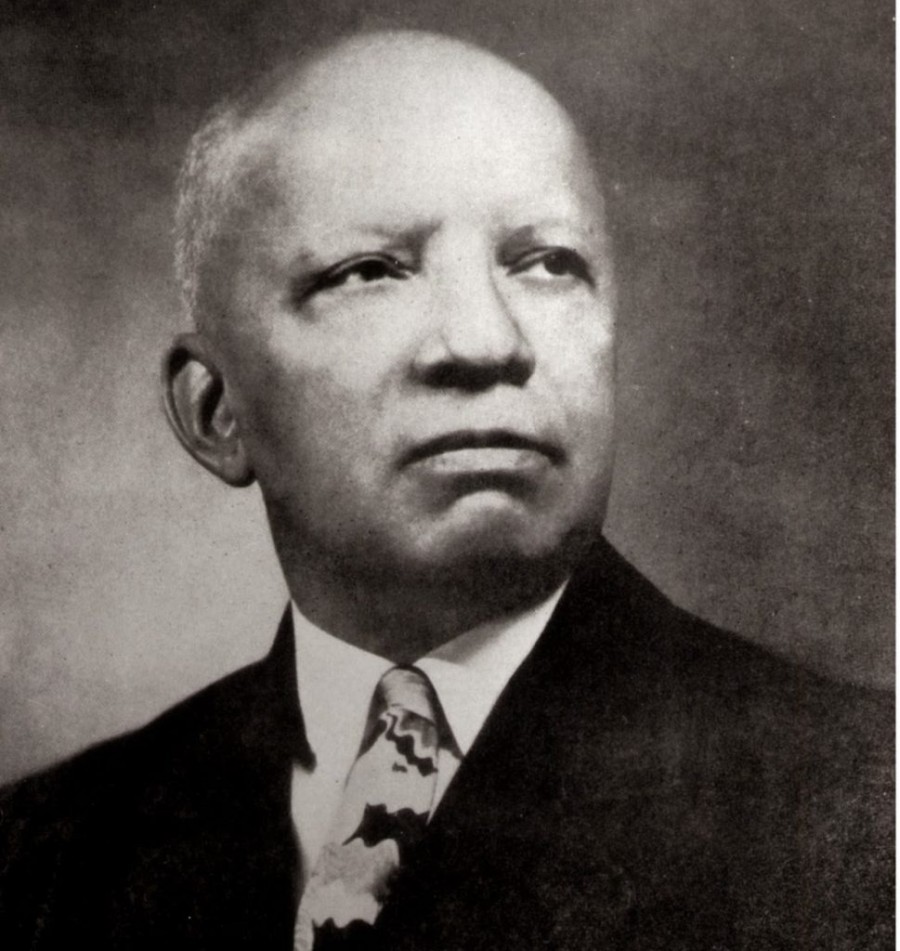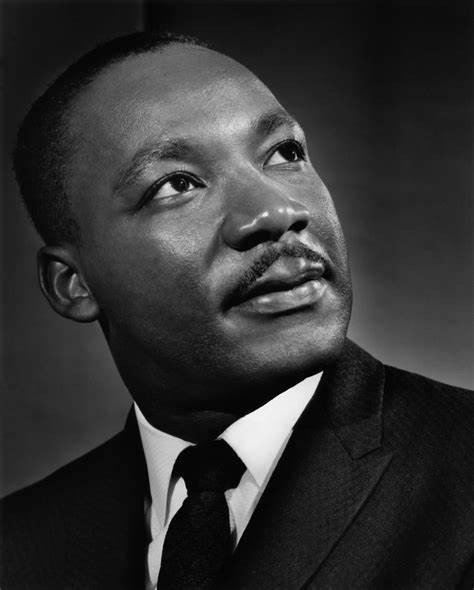Carter G. Woodson
Carter G. Woodson was born on 19th December, 1875. In 1912, three years before founding the ASNLH, he became only the second African American to earn a doctorate from Harvard. In 1915. Carter G. Woodson travelled to Chicago to take part in a national celebration of the 50th anniversary of emancipation. Before he left Chicago, he helped found the Association for the Study of African American Life and History. In February 1926, Woodson sent out a press release announcing the first Black History Week. Woodson chose February because the month contained the birthdays of both Abraham Lincoln and Frederick Douglass, two prominent men whose historic achievements African Americans already celebrated due to their involvement in the abolishment of slavery.
Martin Luther King Jr
Martin Luther King Jr was born on January 15th, 1929. In 1953 King settled in Montgomery, Alabama, where King became pastor of the Dexter Avenue Baptist Church. On December 1st 1955, Rosa Parks refused to give up her seat to a White passenger on a Montgomery bus and was arrested. Activists coordinated a bus boycott and chose Martin Luther King Jr as the protest’s leader and official spokesman, the boycott would last for 381 days. The Montgomery Bus Boycott placed a severe economic strain on the public transit system and downtown business owners. By the time the Supreme Court ruled segregated seating on public buses unconstitutional in November 1956, King had become a target for white supremacists, who firebombed his family home earlier in the year during the Boycott on January 30th 1956. On September 20th, 1958, King was signing books when he was stabbed in the chest with a knife. King survived, and the attempted assassination only reinforced his dedication to non-violence. The success of the Montgomery Bus Boycott, lead to King and other civil rights activists founding the Southern Christian Leadership Conference (SCLC), a group committed to achieving full equality for African Americans through non-violent protest. On April 12th, 1963, King was arrested after leading a Good Friday demonstration as part of the Birmingham Campaign, designed to bring national attention to the brutal, racist treatment suffered by Black Americans in the city. Later that year, King organised the March on Washington, a peaceful political rally designed to shed light on the injustices Black Americans continued to face across the country. This march was held on August 28th, 1963, and was attended by 200,000 to 300,000 participants, the event is widely regarded as a monumental moment in the history of the American civil rights movement. The March on Washington lead to King’s most famous speech, known as the “I Have a Dream” speech, a spirited call for peace and equality that many consider a masterpiece. The speech and march cemented King’s reputation all over the world, later being named “Man of the Year” by TIME magazine in the same year and in 1964 became, at the time, the youngest person ever awarded the Nobel Peace Prize.
Rosa Parks

Rosa Parks was born on February 4th, 1913. Parks became a respected member of Montgomery’s large African American community. Co-existing with White people in a city governed by Jim Crow. Segregation laws offered daily frustrations due to certain laws including, Black people could only attend inferior schools, could only drink from specified water fountains and could only borrow books from the Black library, among other restrictions. In 1943, Parks had boarded a bus driven by James Blake, she entered the front door of the bus and paid her fare, as she continued to take a seat Blake told her to get off the bus and re-enter the bus again from the back door, this was a rule that was imposed by some drivers. Parks got off and Blake drove off. She waited for the next bus, swearing to herself she would never ride with Blake again. However, on December 1st, 1955. Parks was commuting home from work by bus. Black residents of Montgomery often avoided buses if possible due to the policy of Black people needing to be seated at the back of the bus being demeaning. Nonetheless, 70 percent or more of riders on a typical day were Black, and on this day Rosa Parks was one of them. Segregation was written into law and the front of a Montgomery bus was reserved for White members of the public, and the seats behind them were for Black members of the public. However, it was only by custom that bus drivers had the authority to ask a Black person to give up a seat for a White rider. At one point on the route, a White man had no seat because all the seats in the designated White section were taken. So the driver ( who turned out to be James Blake again) told the riders in the four seats of the first row designated to Black people to stand to make more room. Three of the four members of the public moved however, Parks refused to move. This lead to two police officers approaching the stopped bus, assessing the situation and placing Parks in custody. On December 5th, Parks was found guilty of violating segregation laws, given a suspended sentence and fined $10 plus $4 in court costs. Meanwhile, Black participation in the boycott was much larger than even optimists in the community had anticipated. On November 13th, 1956, the Supreme Court ruled that bus segregation was unconstitutional, the boycott ended December 20th, a day after the Court’s written order arrived in Montgomery. Parks became known as “the mother of the civil rights movement.”
Gerald Ford

Gerald Rudolph Ford Jr. was born on July 14th, 1913. Ford launched his career in politics in 1948, when he was elected to the U.S. House of Representatives. He served in the House for the next 25 years, earning a reputation as a friendly, honest, loyal and hardworking Republican. On August 9th, 1974, Ford assumed the presidency. On February 10th, 1976, President Gerald R. Ford issued a message recognising Black History Month, becoming the first President to do so, this moment was decades in the making.
In October, this celebration will commence in the UK and in honour of that the Students' Union will delve into British History and talk about some of the key historical figures in British Black History.

